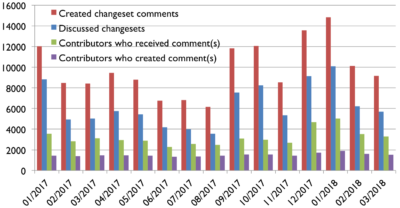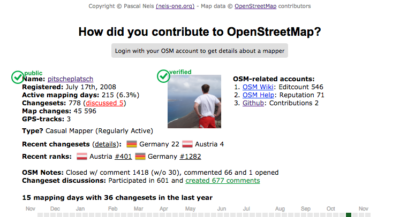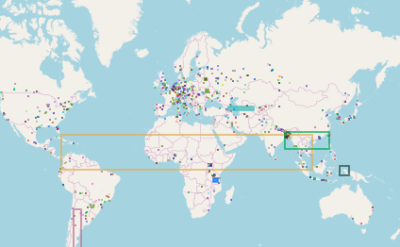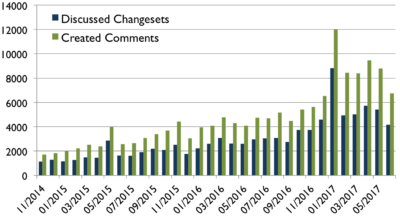Additional insights about OSM changeset discussions: Who requests, receives and responds?
Last year I wrote two blog posts about the OpenStreetMap (OSM) feature that allows commenting on contributor map changes within a changeset. The first blog post showed some general descriptive statistics about the number of created changeset discussions, affected countries, the origin of the commenting contributors or their mapping reputation. The second post described a newly introduced feature, where contributors can flag their changeset so that their map edits can be reviewed. This blog post will follow up on this topic and conducts some similar but updated research.

The first chart shows the number of created comments (discussed changesets) and the contributors involved over the last 15 months. The number of created comments and discussed changesets fluctuates over time, whereas the number of contributors who take part in changeset discussions stays consistent at around 1,500 per month. Around 3,200 contributors received a comment on at least one changeset’s map edits a month.


